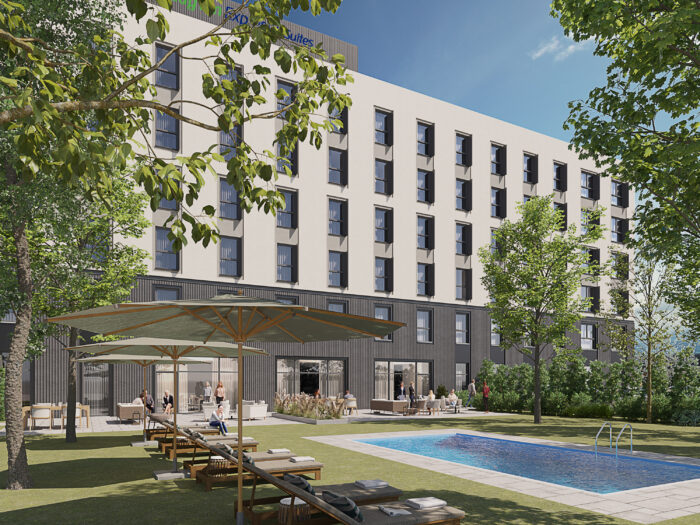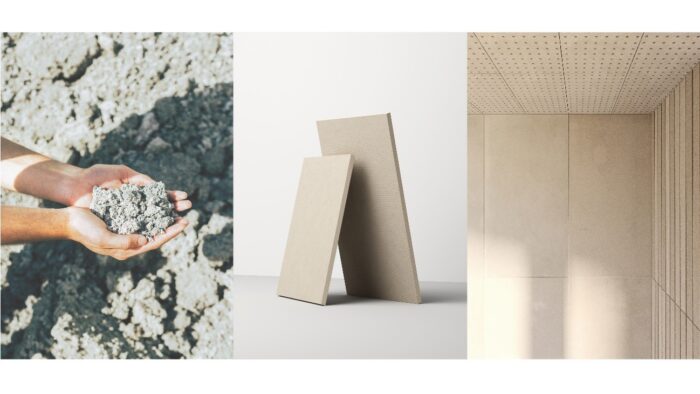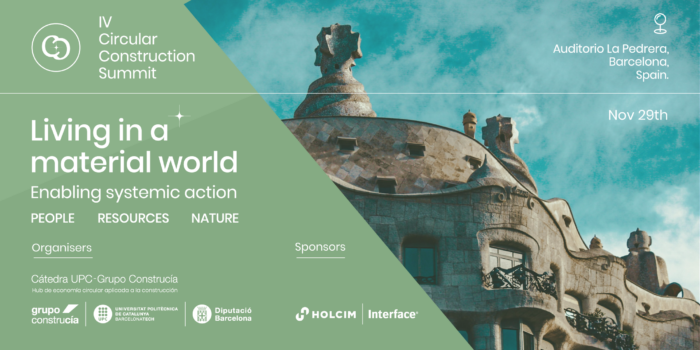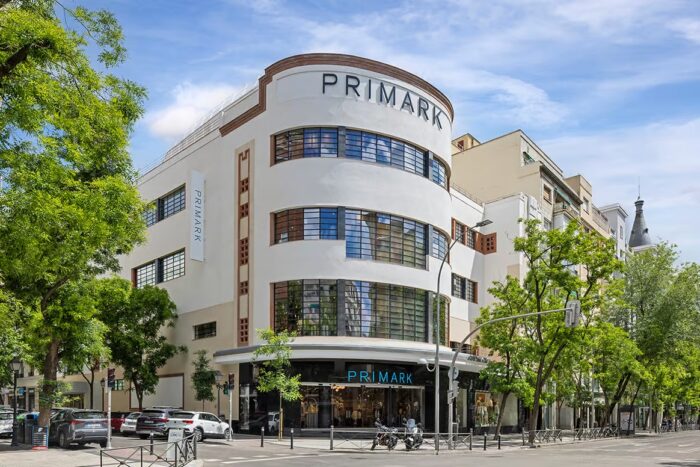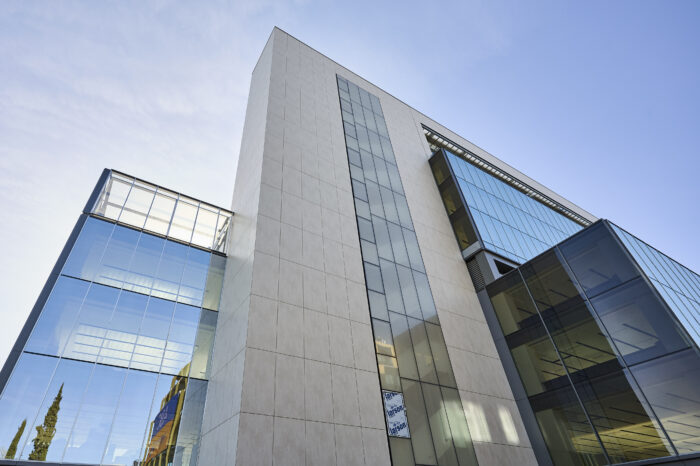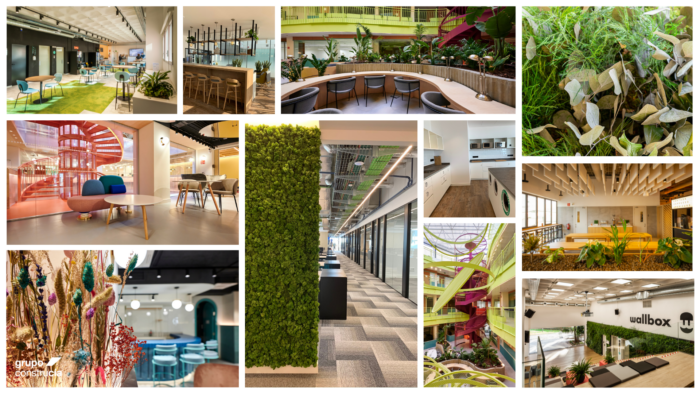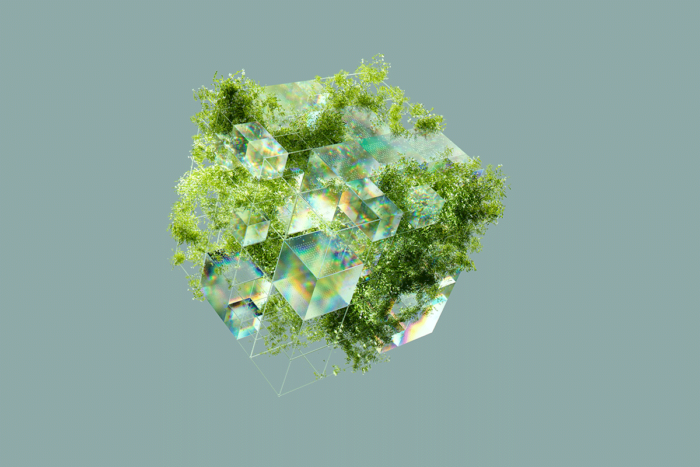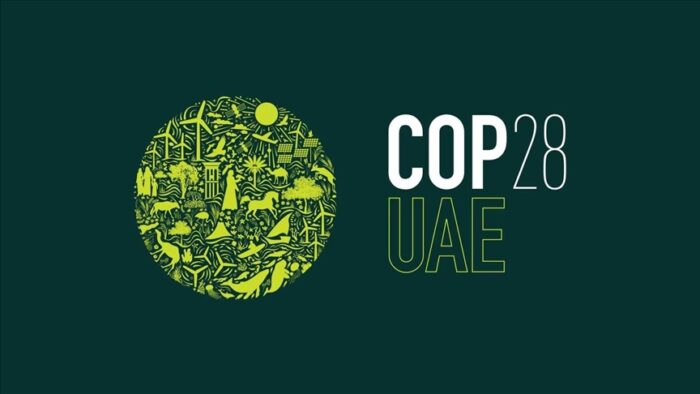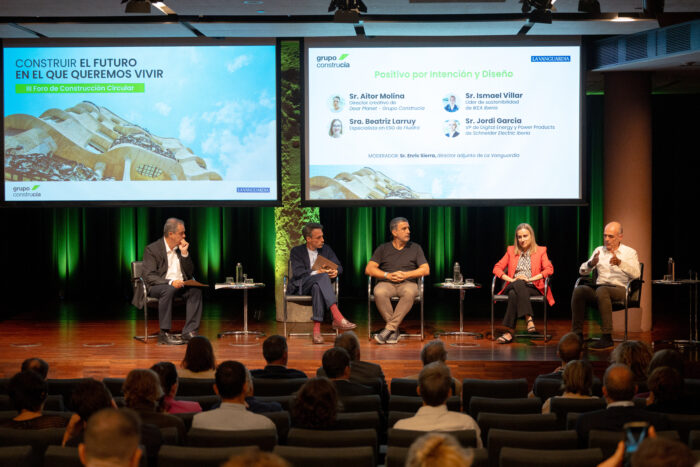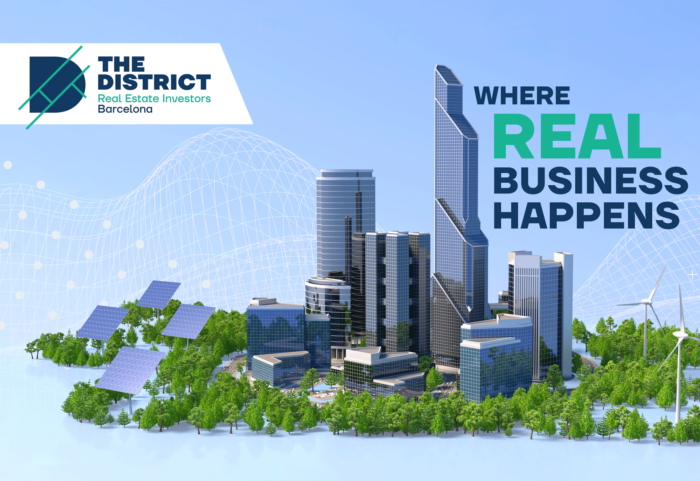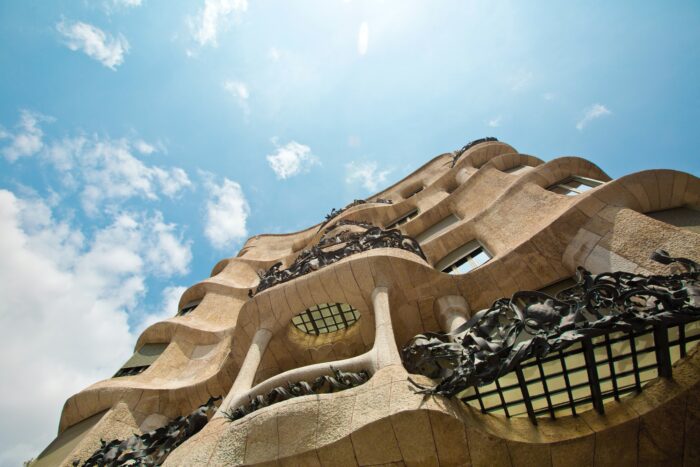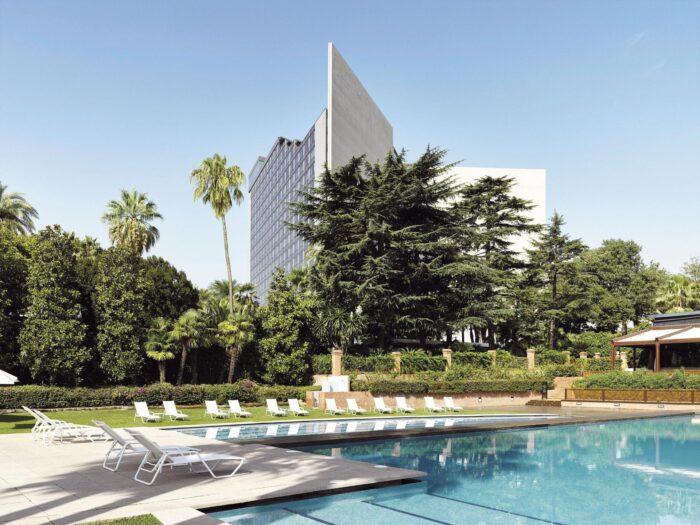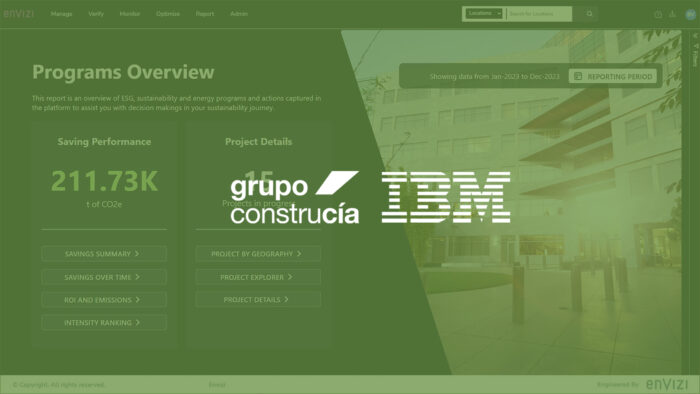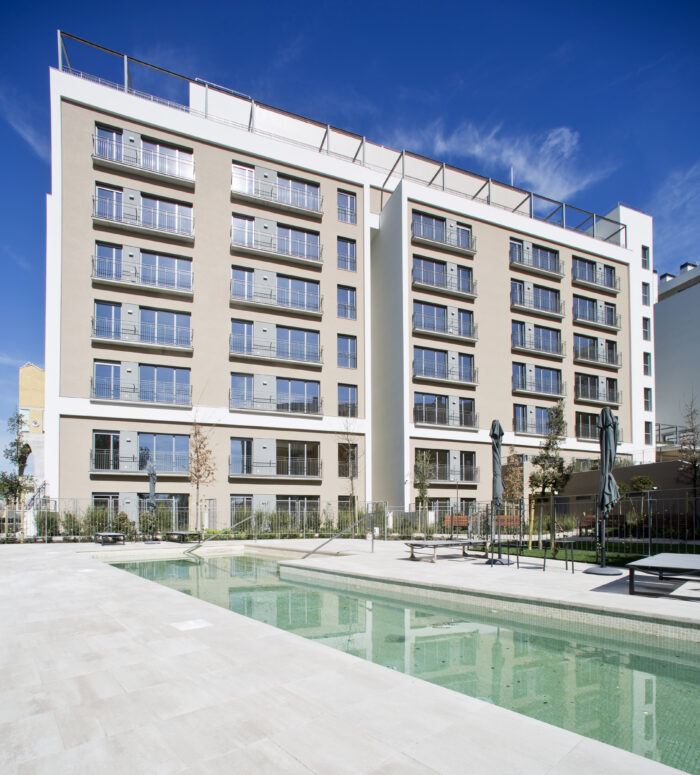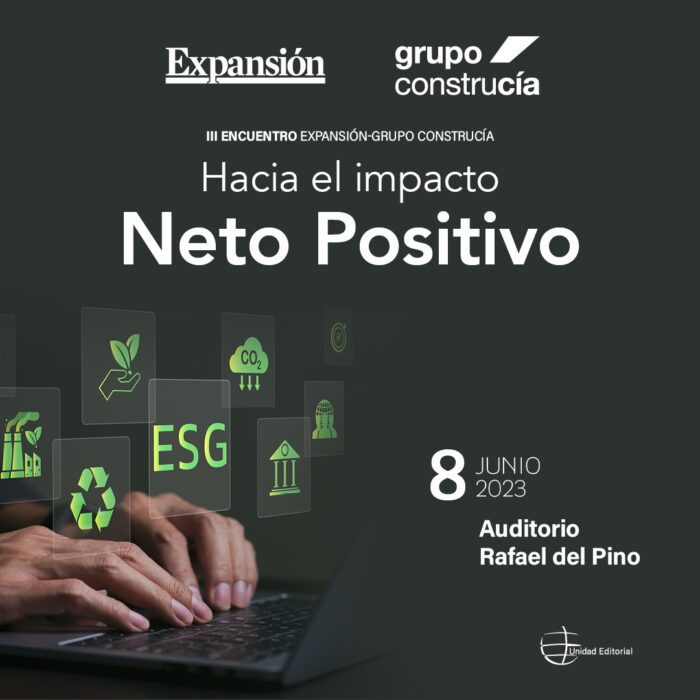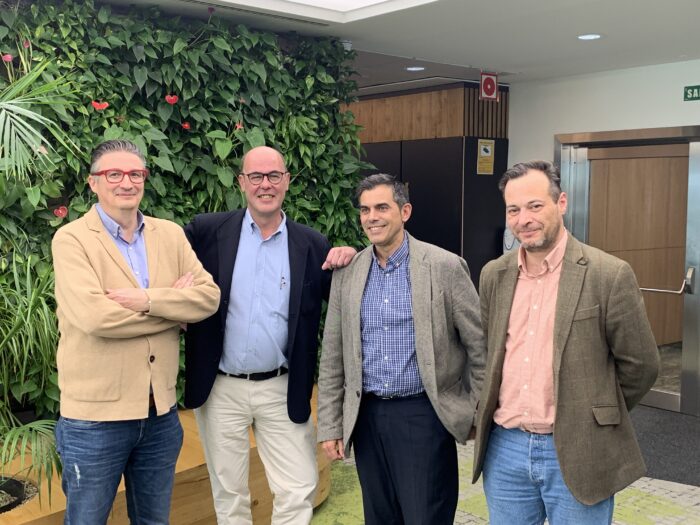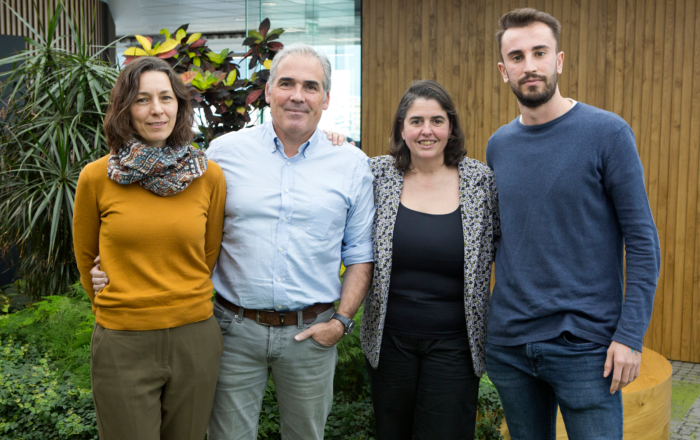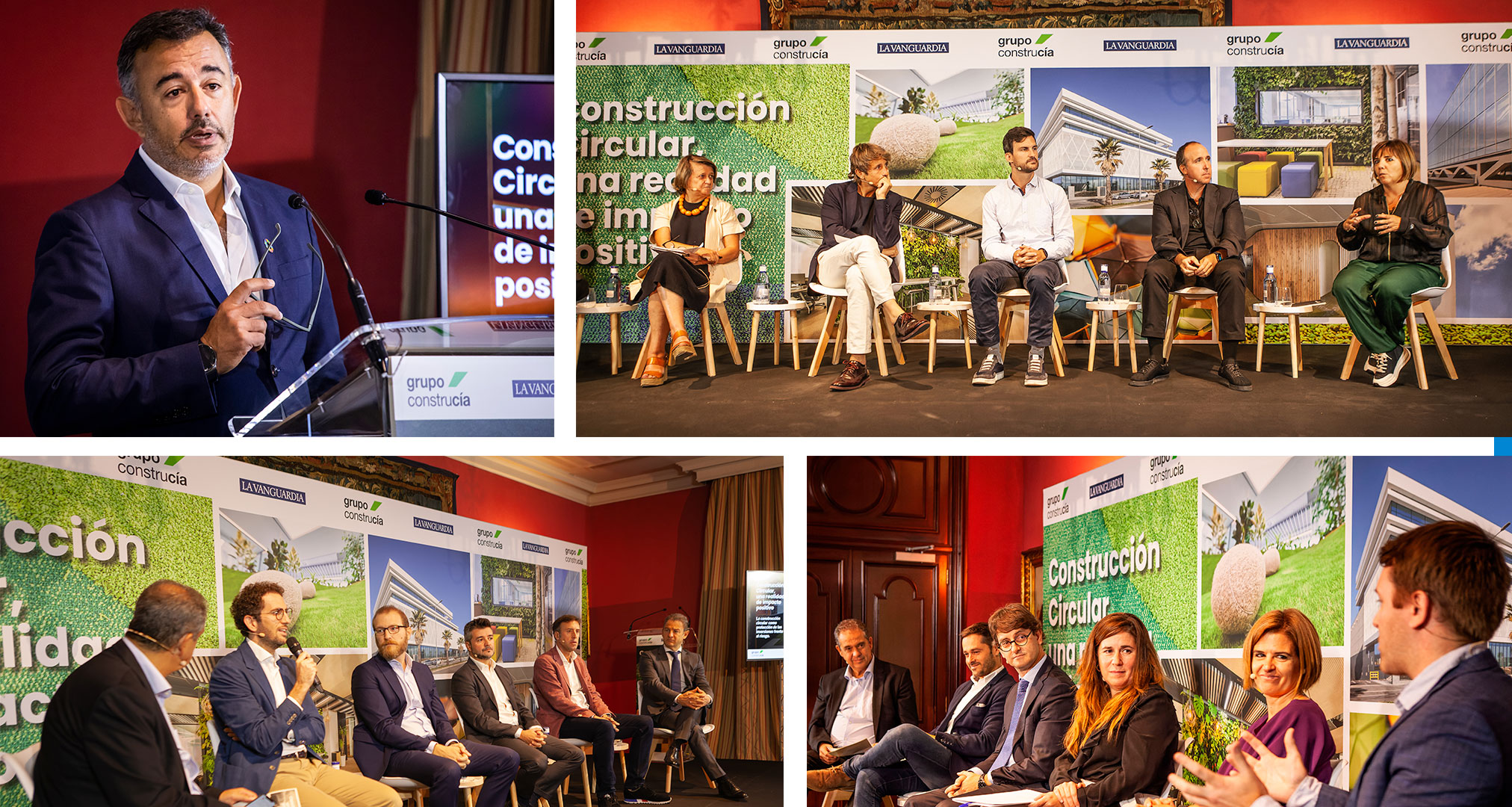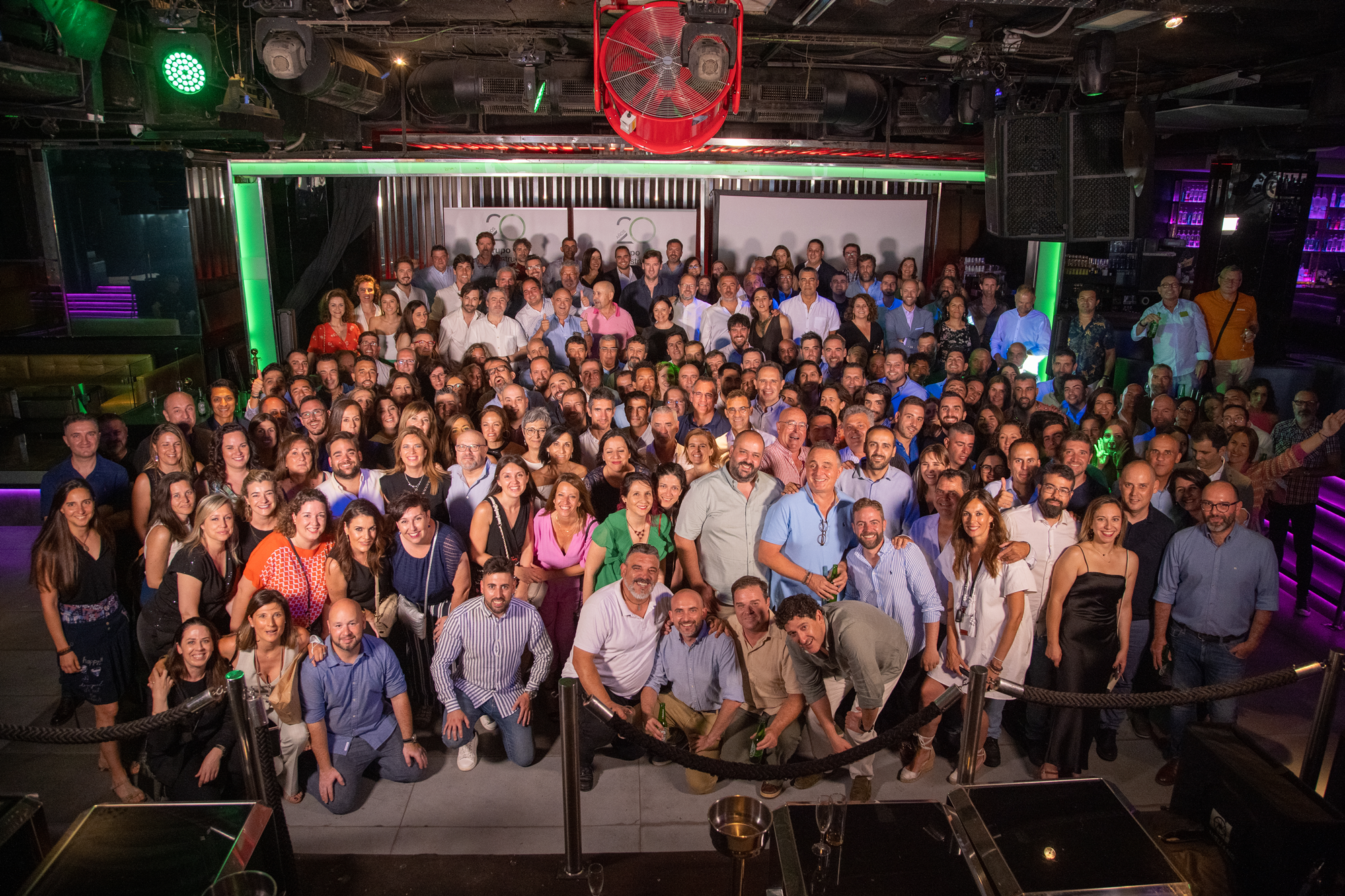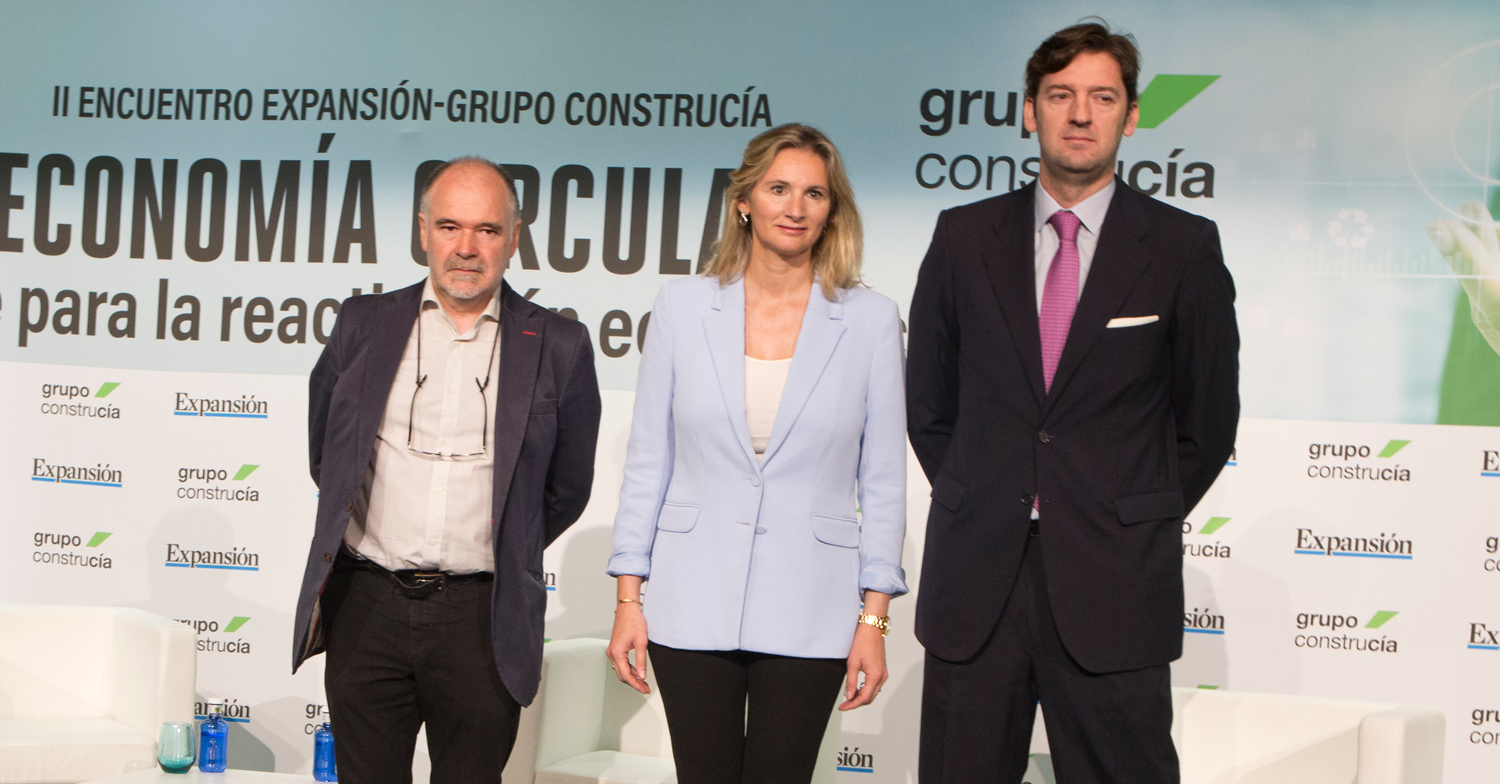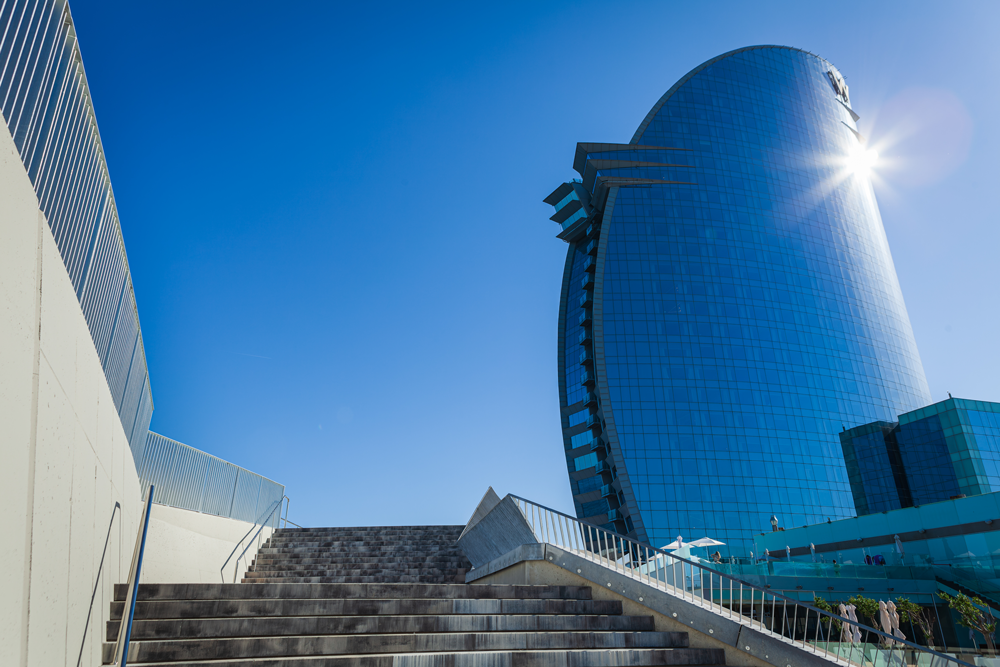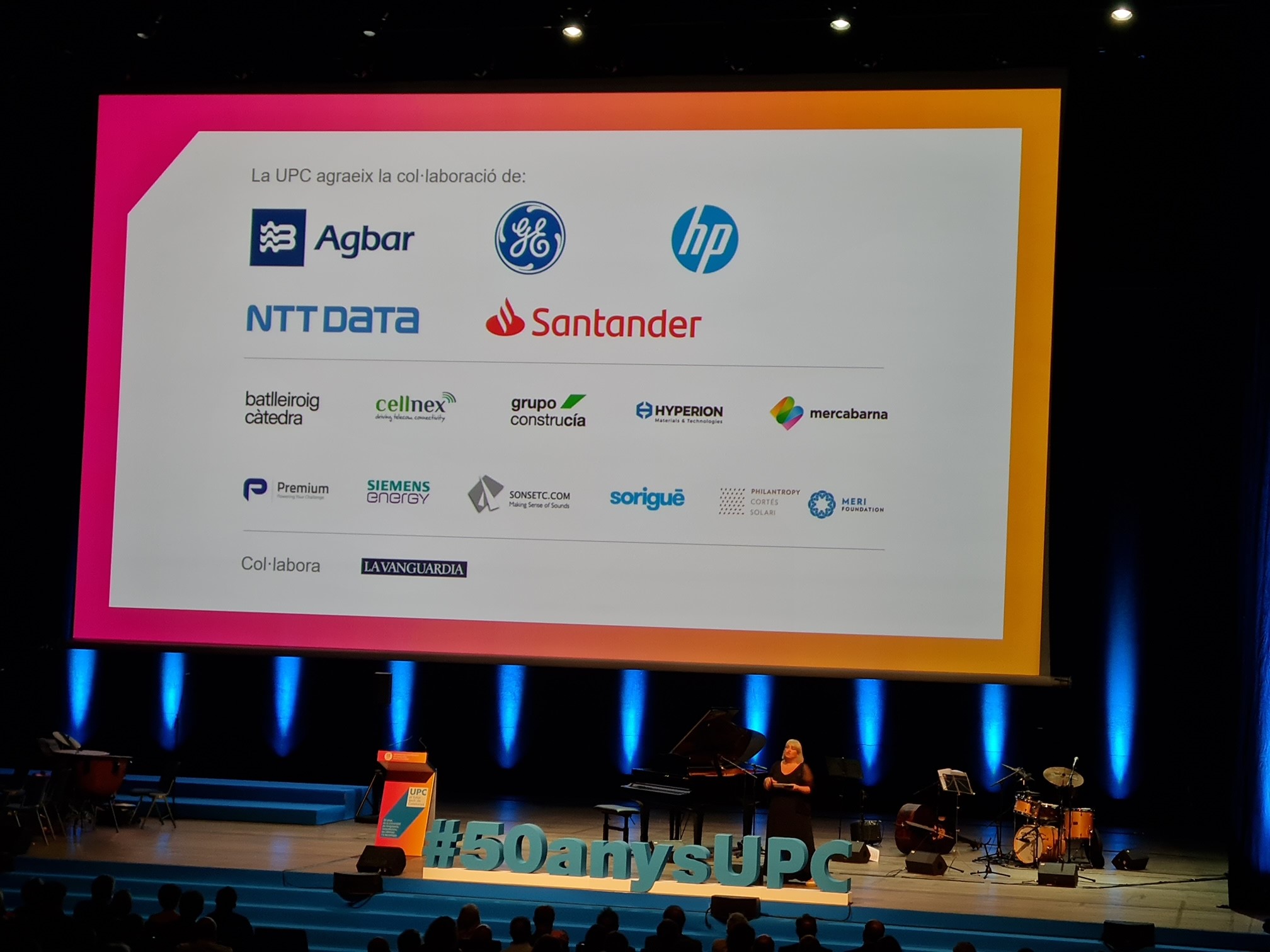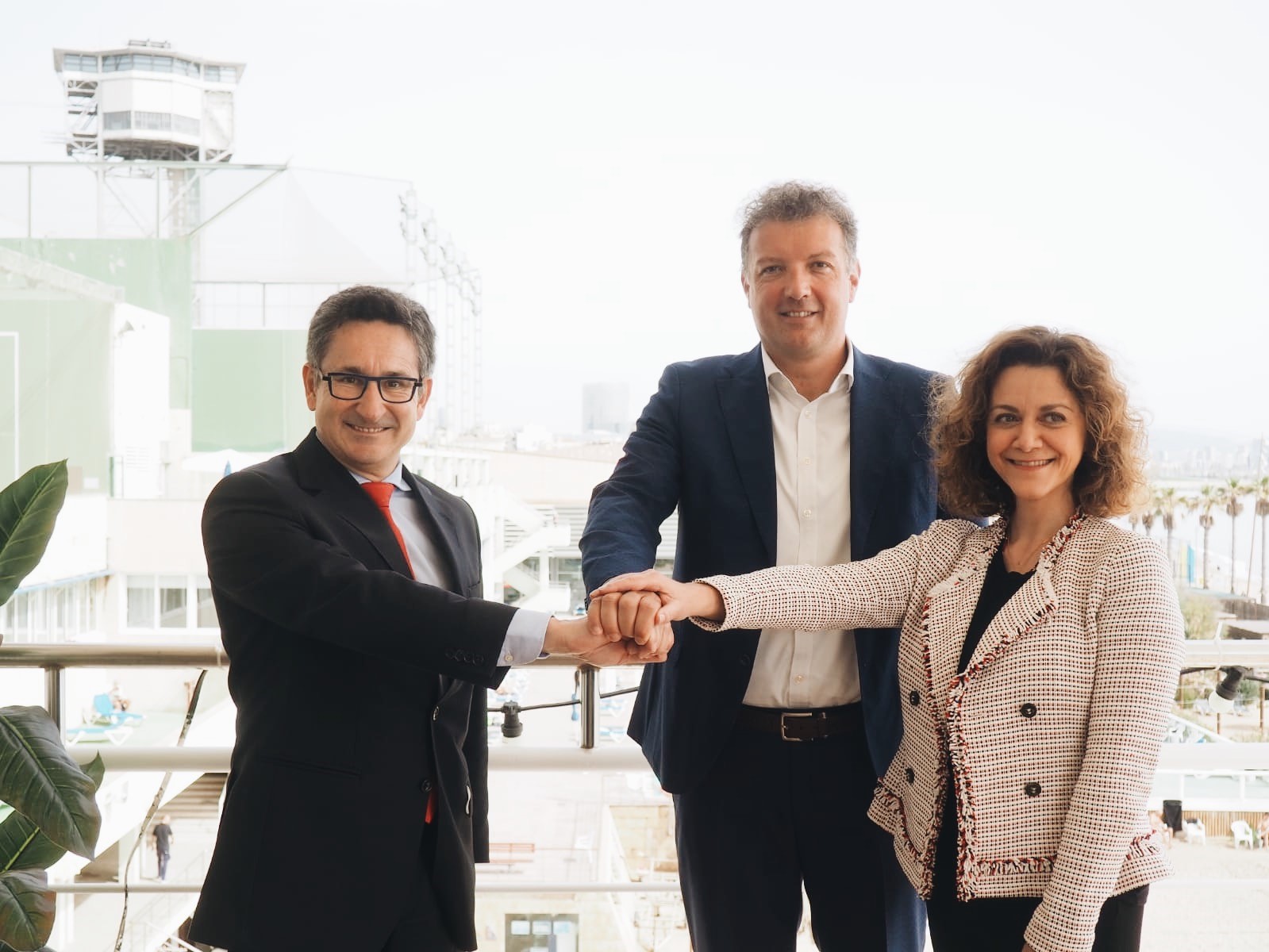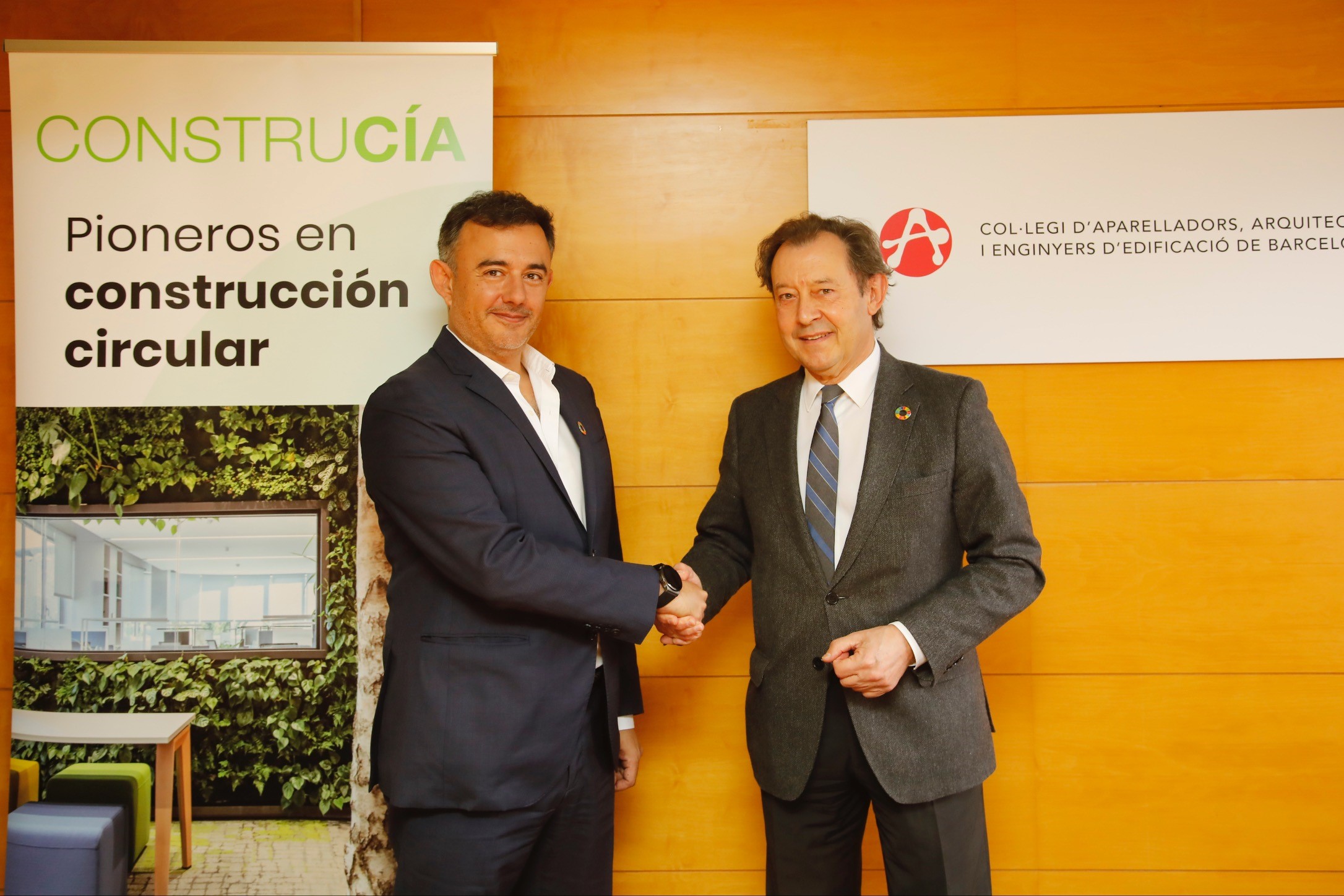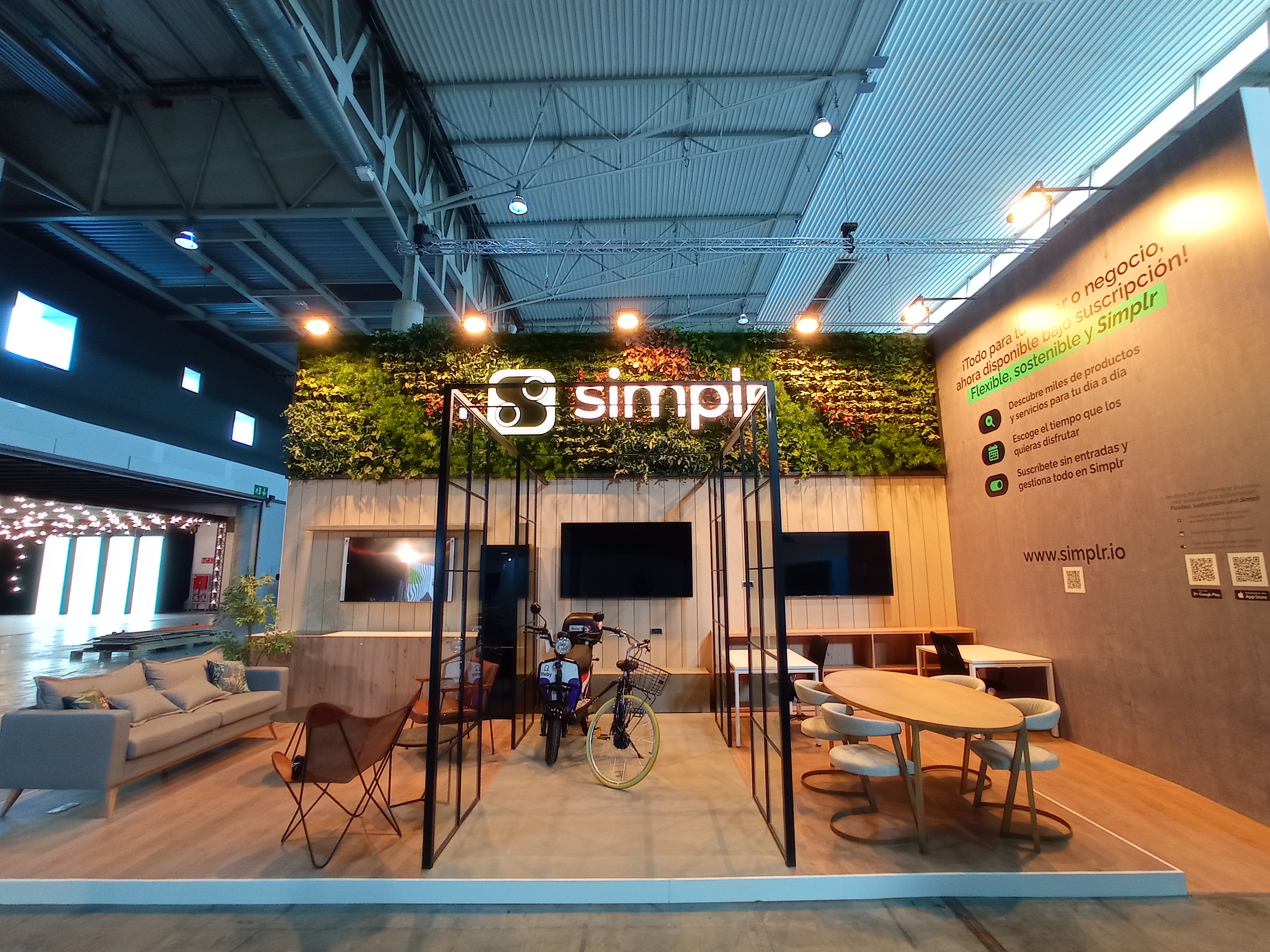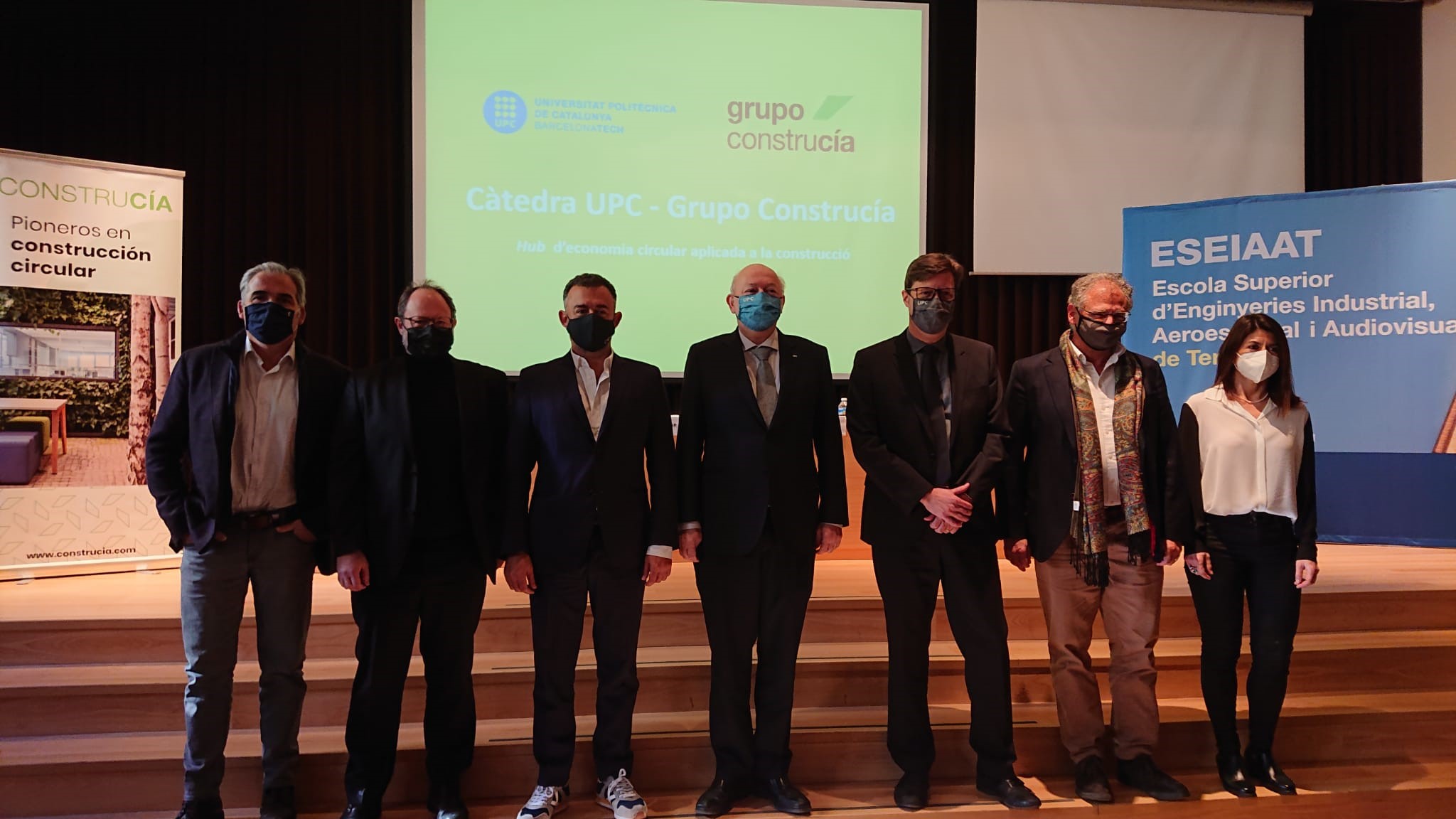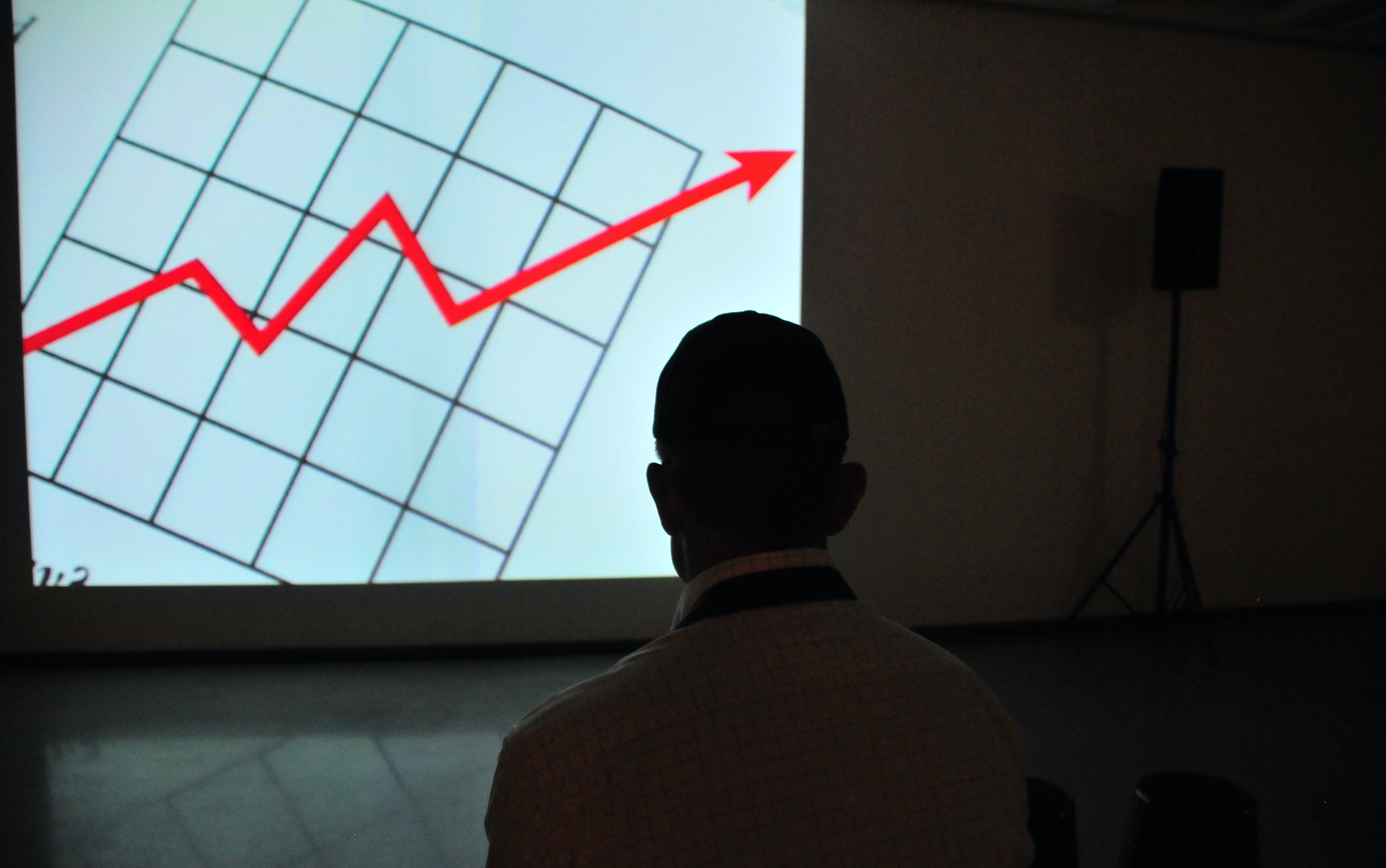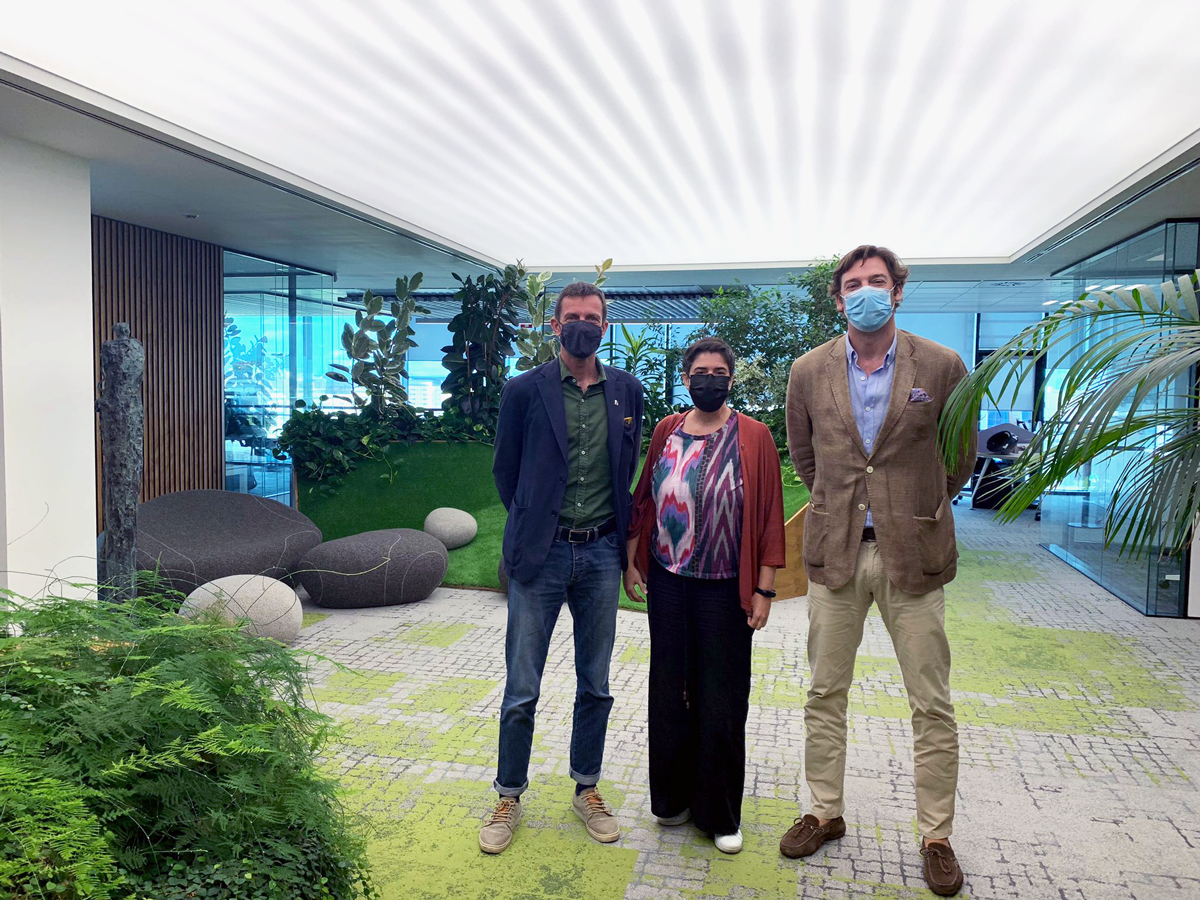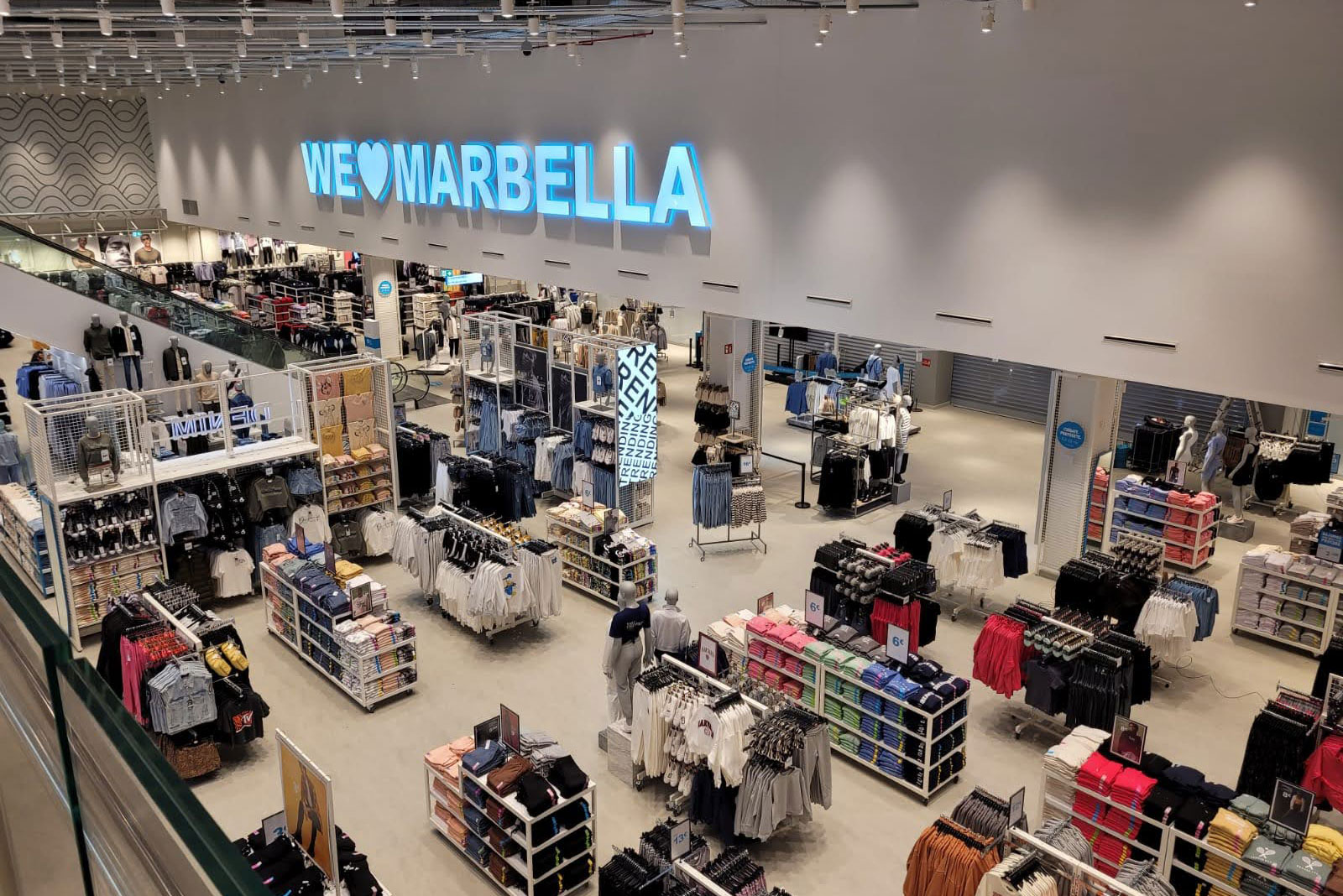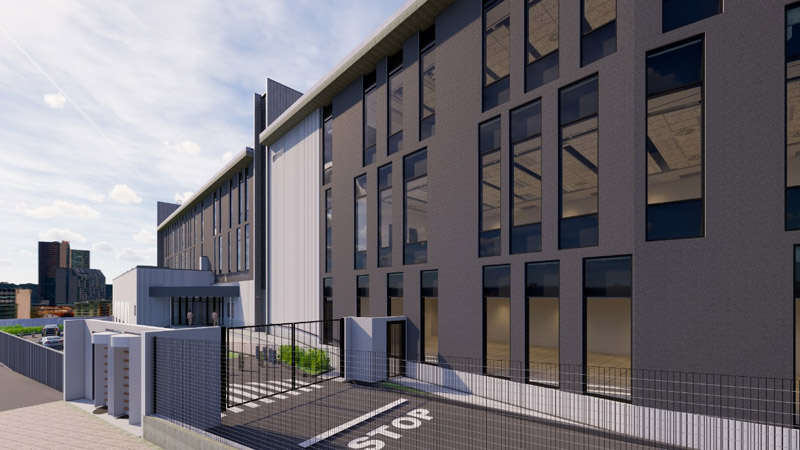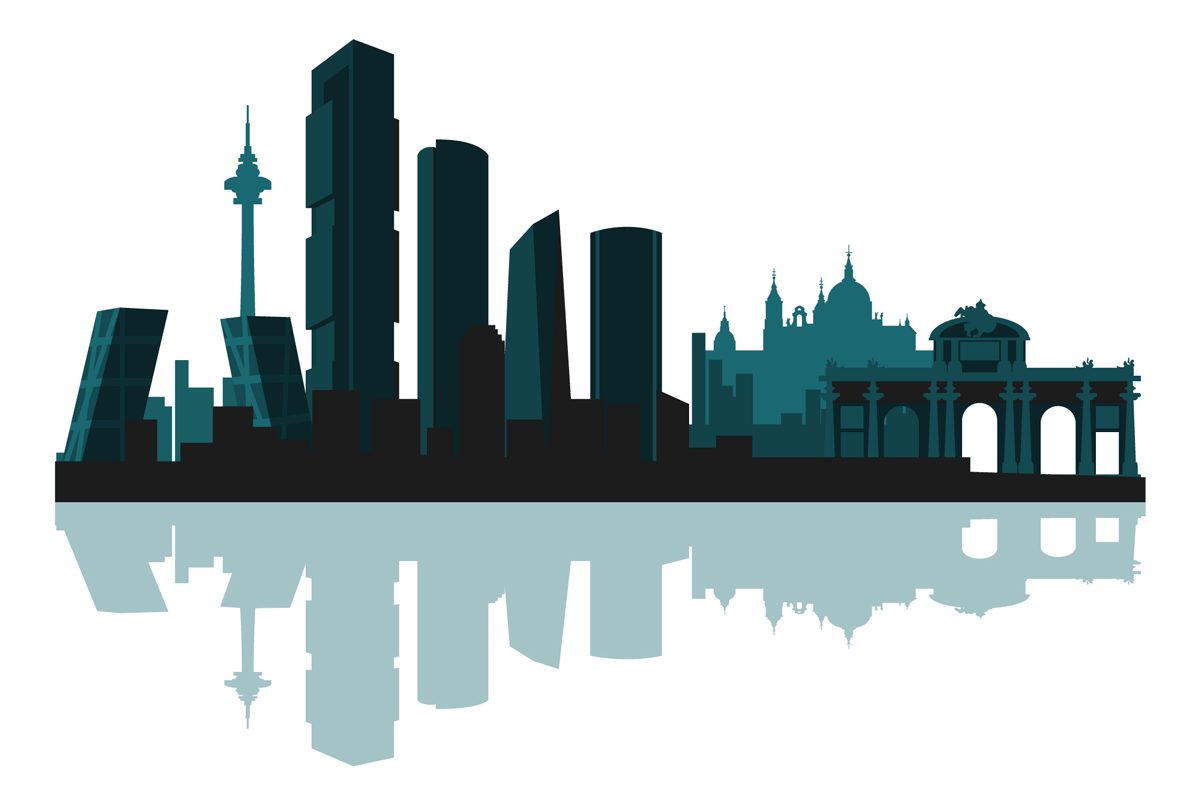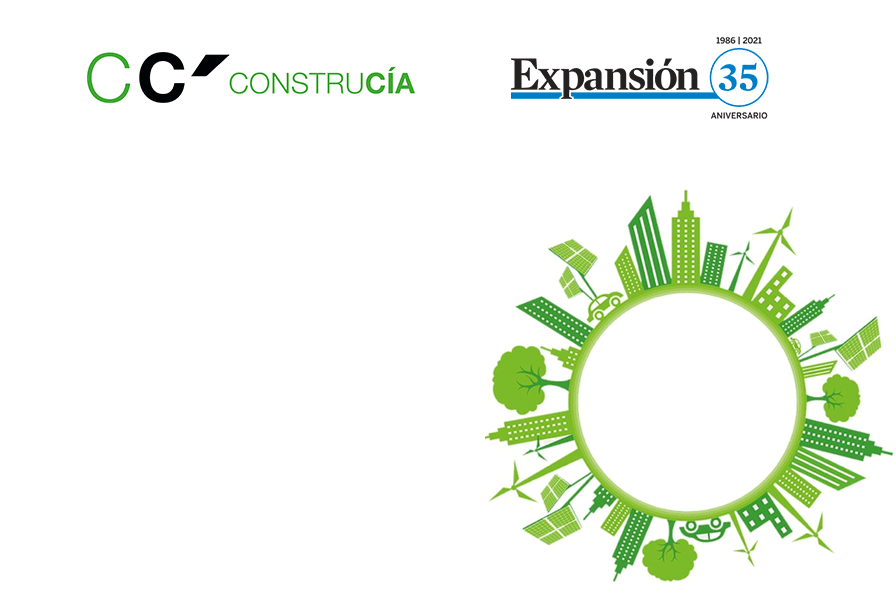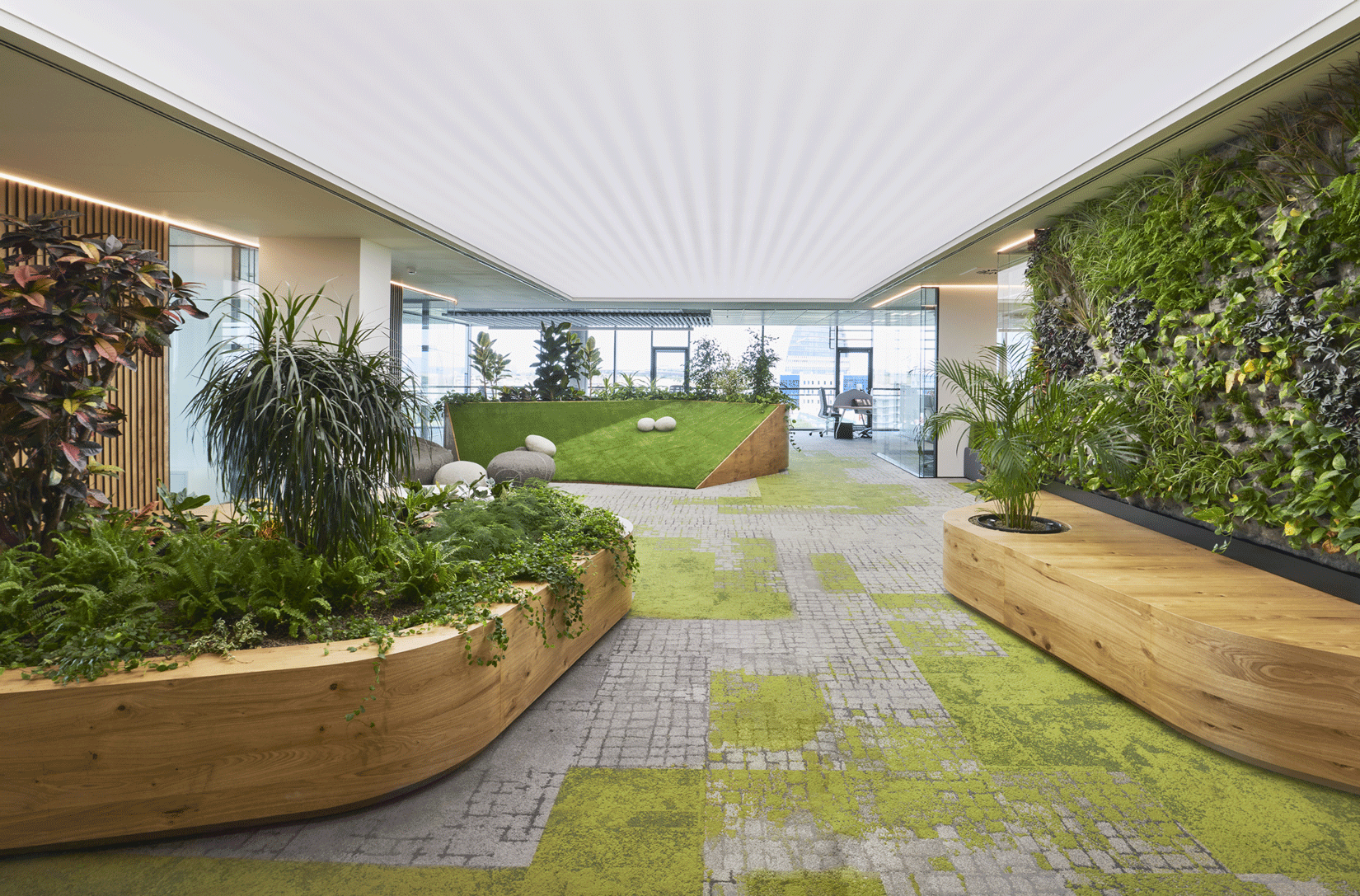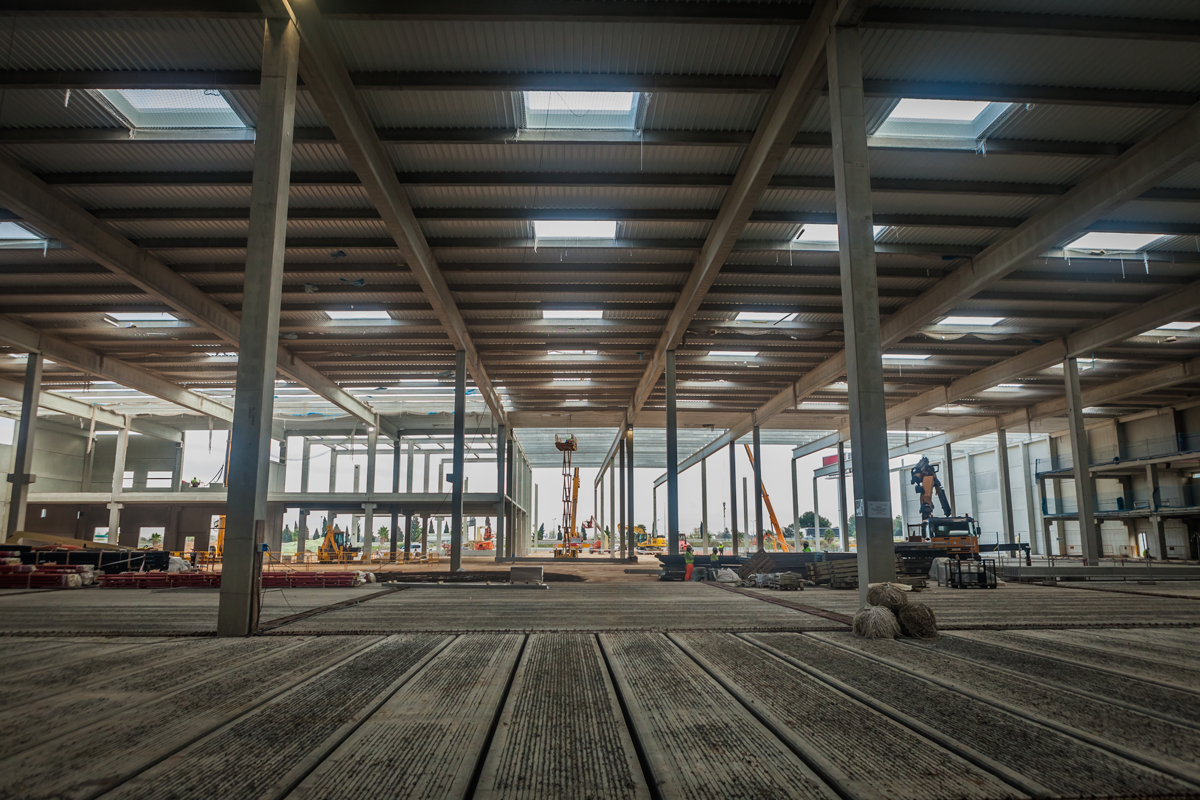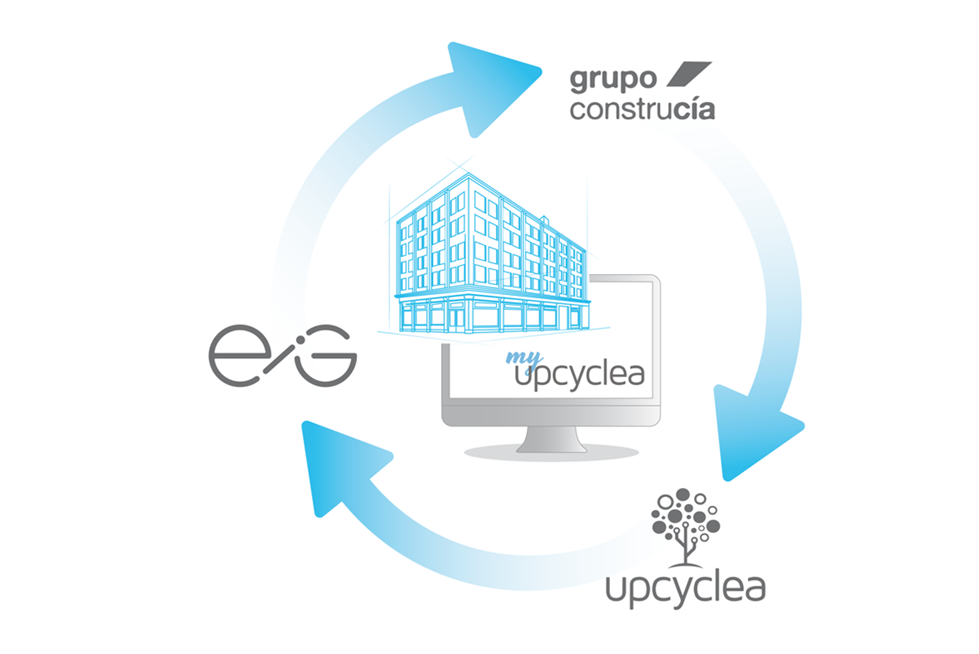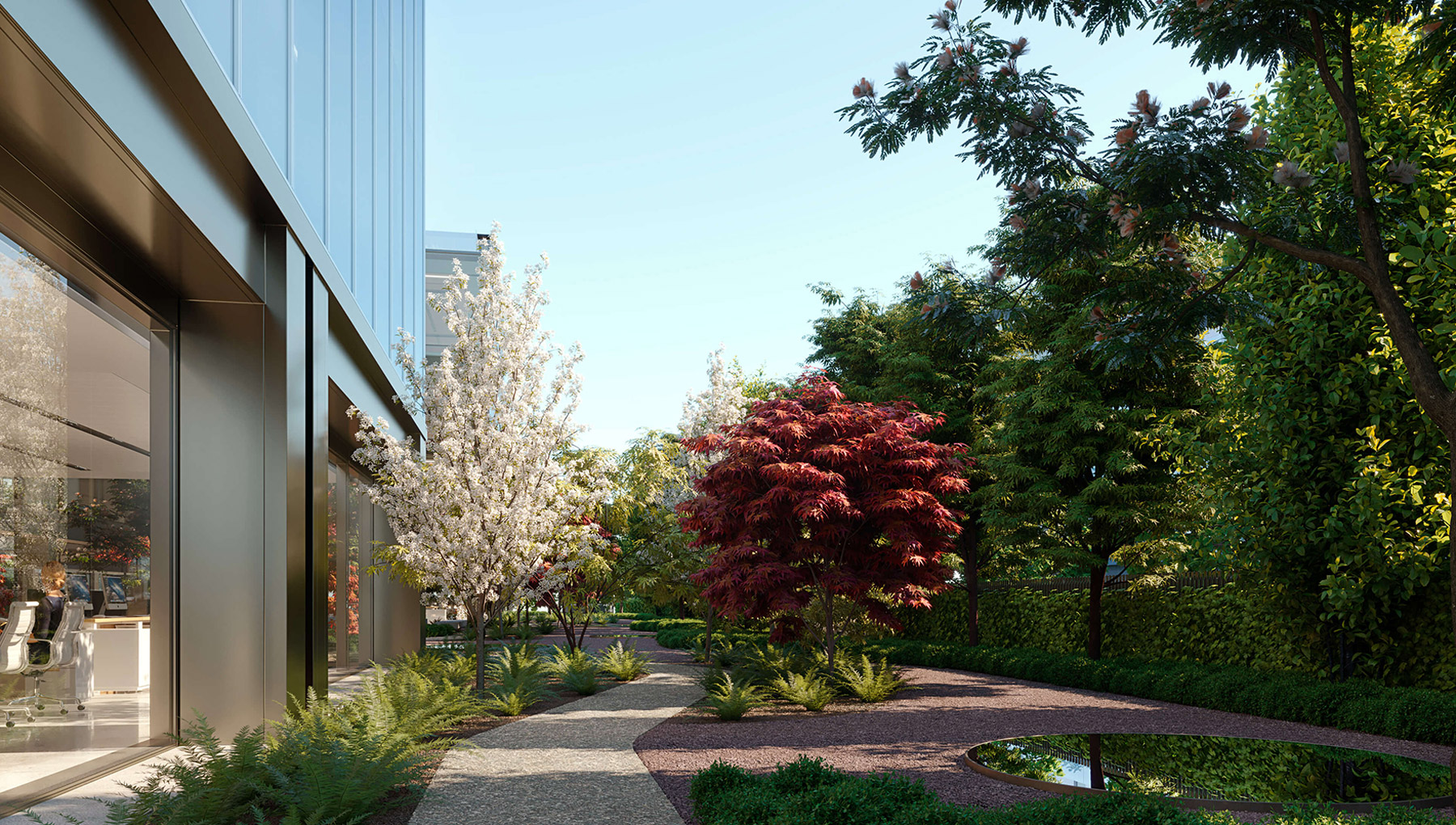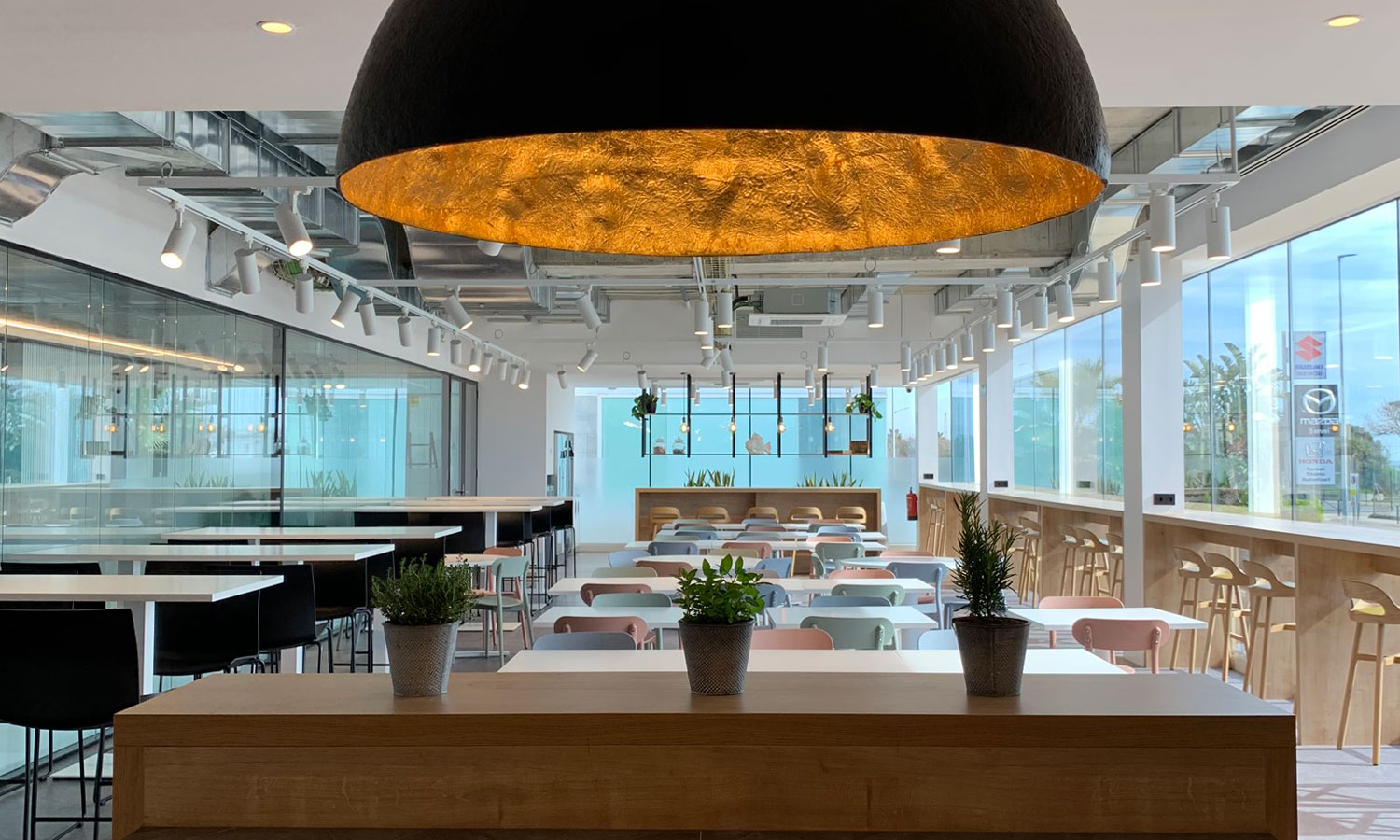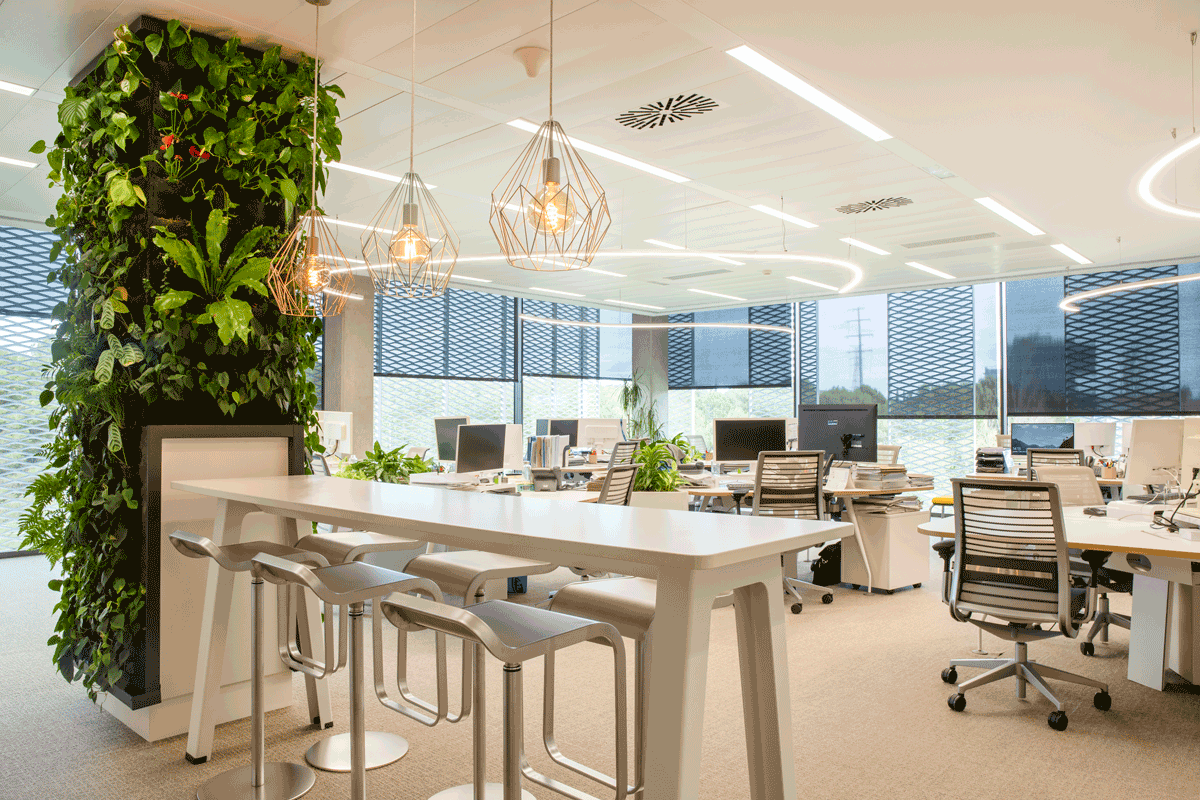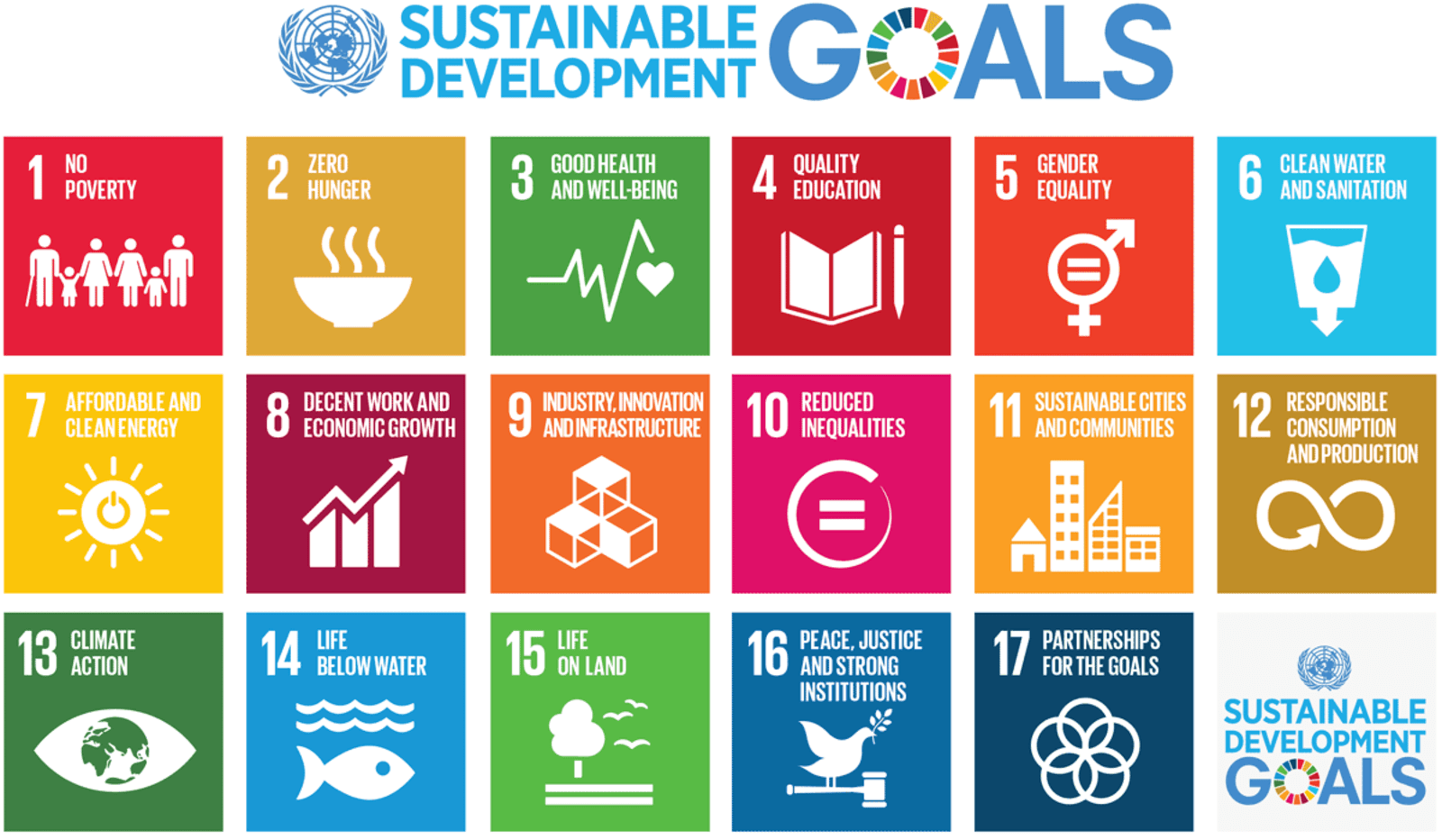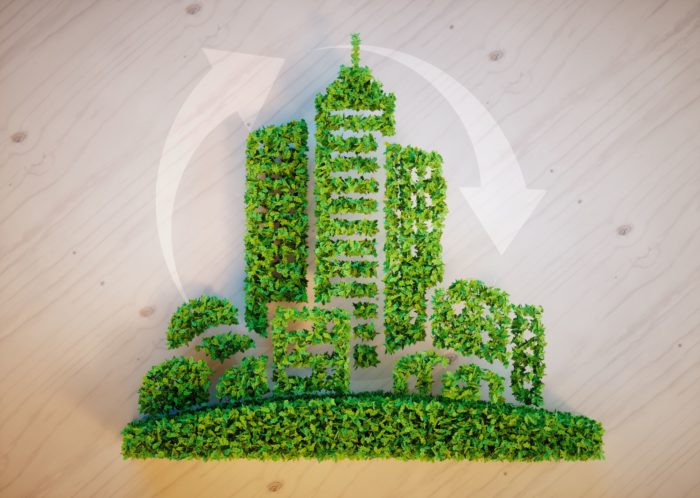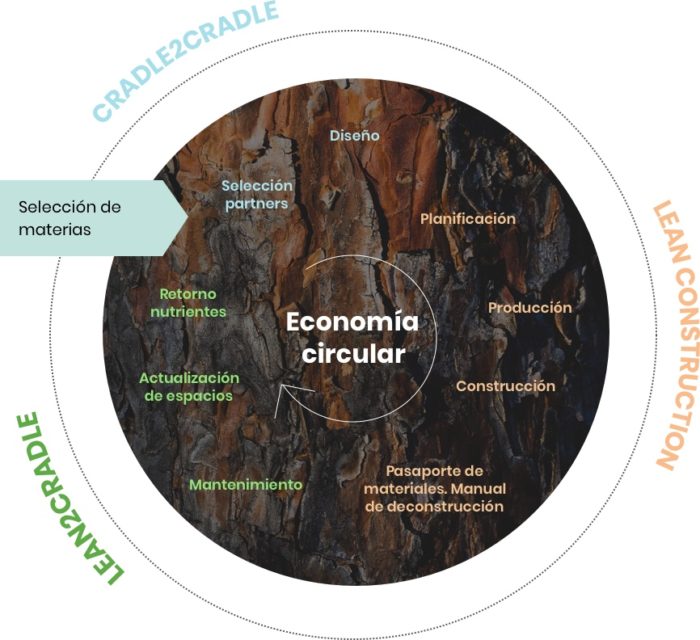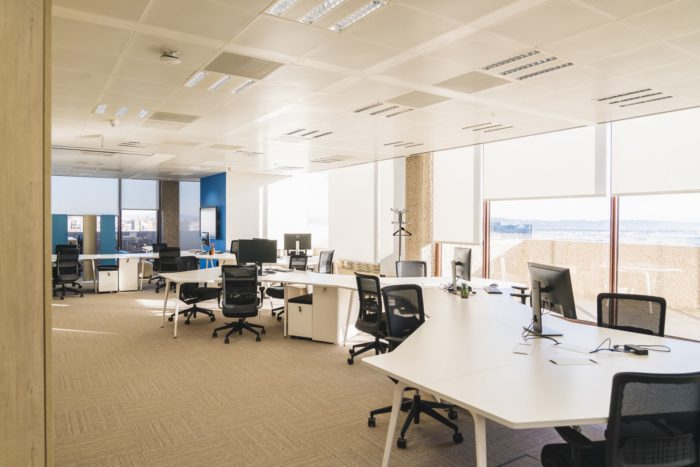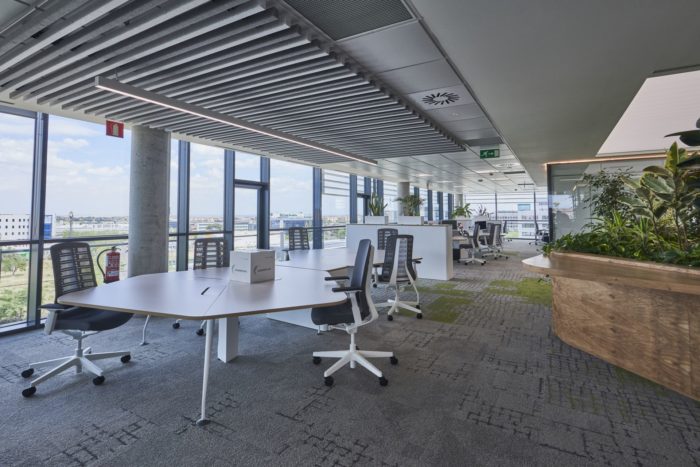The famous Dutch supermarket chain Albert Heijn, which belongs to the Ahold Delhaize group, at the end of last year, put into operation a supermarket based on the circular economy in the city of Gouda. This supermarket is a pilot test with the intention of opening other similar establishments in the coming years. The ambitious strategic objective of the company is for its almost 1000 stores to be completely neutral in carbon dioxide emissions in the year 2025.
How is the circular economy applied in the supermarket?
The circular economy is based on obtaining the maximum productivity from the resources. For the construction of this new establishment and the design of the car parks and surrounding areas, the Albert Heijn supermarket chain has committed to the use of recycled construction materials. Here, elements such as concrete, pavement, steel, sewer system and facade cladding find a new use that will surely not be the last.
Diverse interior elements have also been re-used such as the lighting system or the floor covering, roofs and the supports for fire hoses. Cooling units and the automatic scanning zones have also been recovered, all thanks to a team especially devoted to the selection of materials and recycled products that have taken charge of the search and selection.
Both the building and the interior elements have been designed to be recovered at the end of the cycle of use. Structure, roofs, claddings, equipment can be recovered and re-used in the future.
Circular supermarket in Spain
The Association of Spanish Supermarket Chains (ACES) has already had environmental sustainability among its objectives for some time and is focused on achieving the deployment of the circular economy.
In conferences held in 2016 in which the question of supermarkets and the circular economy was posed, emphasis was placed on the effort that the distribution chains make in waste prevention, with a high level of awareness, particularly regarding food waste. Effort continues to be made in measures such as the commitment to the energy efficiency of the sector, both in distribution and in transport and the technological improvements in the stores.
We hope that soon, awareness of the importance of the design of spaces reaches the local context, taking into account the productivity of the resources. Designing spaces with healthy and perpetually cyclable materials.









